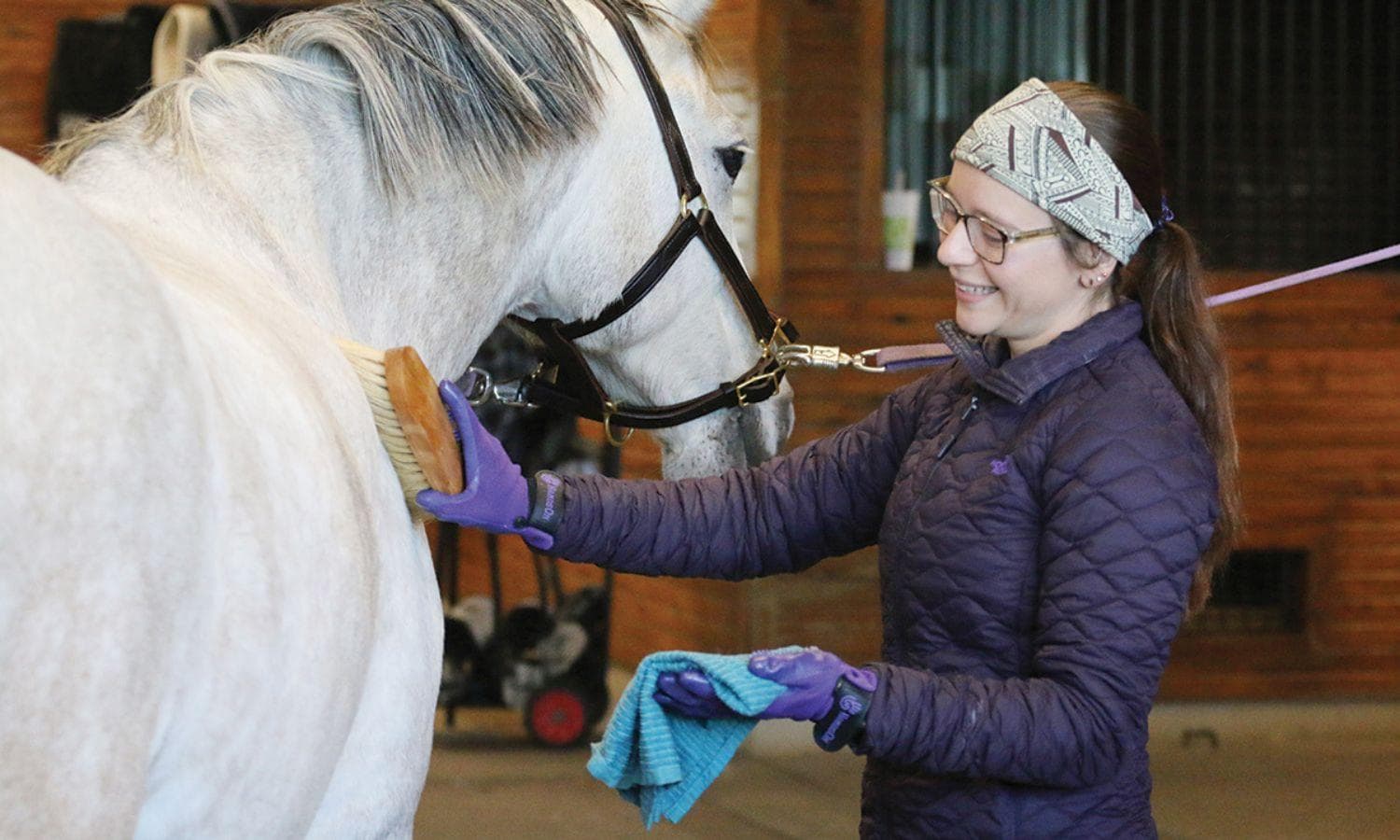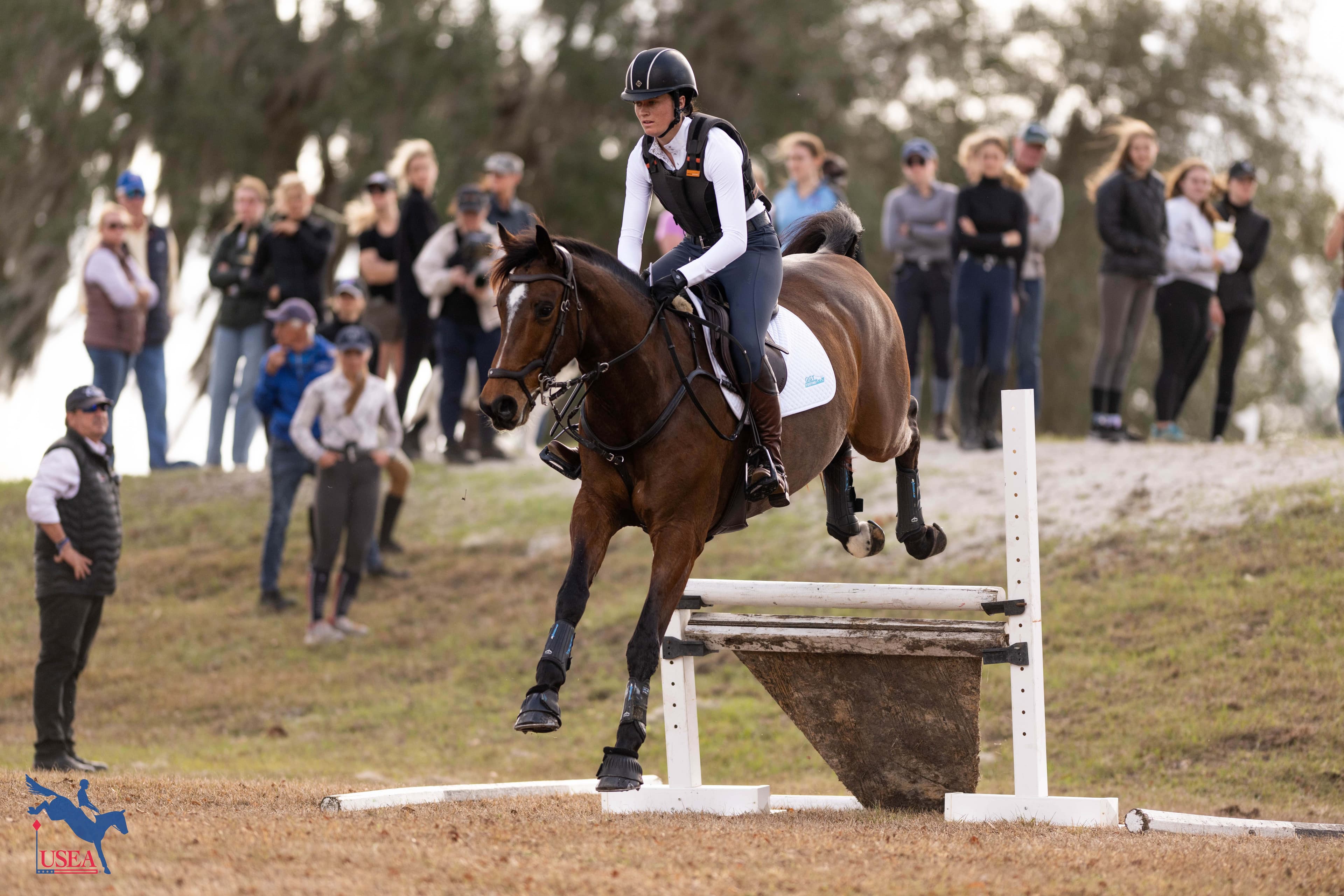EquiRatings Quality Index Explained
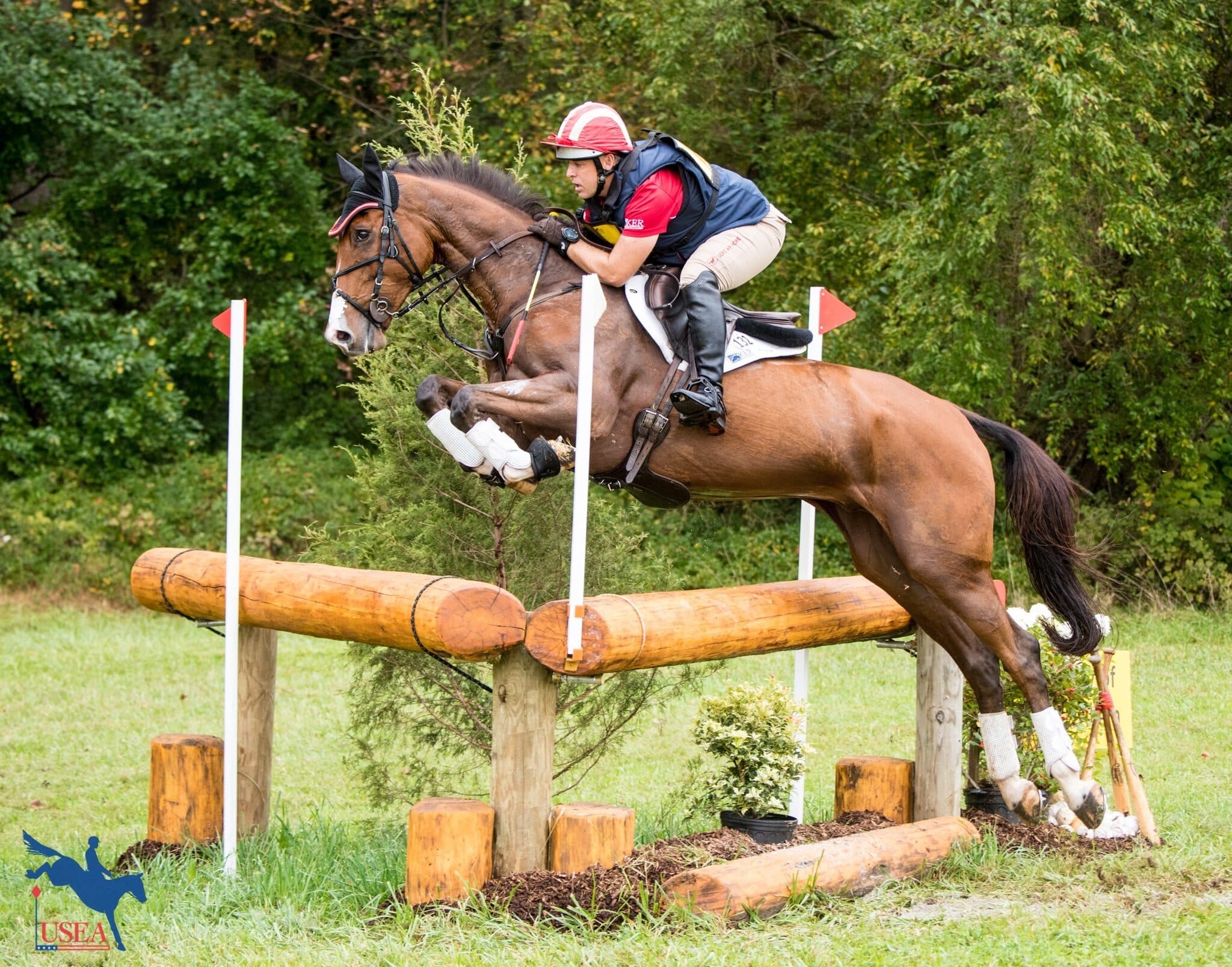
This article orignially appeared in the March/April 2018 issue of Eventing USA magazine. If you would like to access your horse's ERQI, log into Online Services and click on "My Related Horses" under the Horses section of the dashboard.
Frangible fences. Inflatable safety vests. Qualifications. Yellow cards. These are all innovations that have been developed to make the sport of eventing safer. The latest resource the USEA has added to its safety toolbox is the EquiRatings Quality Index (ERQI).
More than one million eventing results have now been analyzed by EquiRatings, a global sports data and technology company, from Beginner Novice to the Olympics across the entire globe. The USEA joined forces with EquiRatings in order to measure and manage the risk in cross-country across the entire membership using ERQIs.
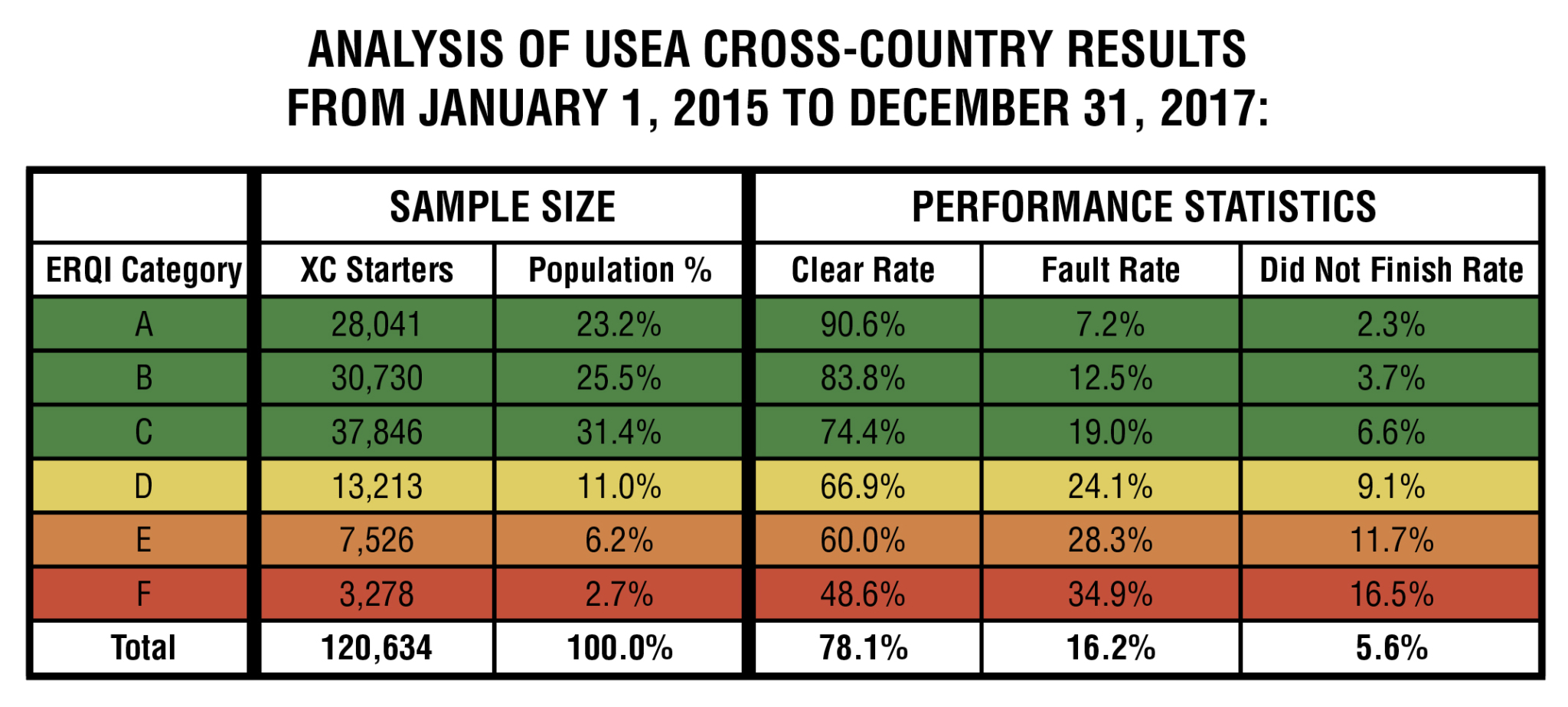
What is an ERQI?
An ERQI is a calculated probability of risk on the cross-country course. An algorithm weights each fault and assigns a risk rating from every level a horse has competed. Consistent high performance in the cross-country phase reduces risk. Horses which have a higher number of cross-country faults on their records are competing with significantly higher risk than others, particularly when a decision is made to move up through the levels. The USEA’s goal by introducing the ERQI system is to help raise rider awareness and to encourage responsible campaigning of horses.
An ERQI is assigned to a horse and not a rider, so it works differently than rider categorization. Each horse has a unique collection of results and so each horse’s risk profile is different. By providing every horse with an ERQI, riders will have a visual indicator of risk at a specific level. Rider responsibility is a huge part of making eventing safer and the ERQI is another tool to make decisions easier for riders. One of the key advantages of the ERQI system is the removal of subjectivity from the assessment of risk.
There are numerous examples of horses showing poor cross-country form at a particular level and then the rider makes a decision that the horse should step up in level rather than step down. For example: Susie Eventer has competed with Muffin between Novice and Training level for the last two seasons and they have had a couple of clear rounds, but in their last three runs at Training level they had one rider fall and two 20s. There are numerous different ways to decide what happens next, and while it may be considered best to drop back to Novice level to get their confidence back, some people will continue to Preliminary regardless of their recent form. If Susie decides to go ahead and move Muffin up to Preliminary level, it is likely that his Preliminary level ERQI would be low (1 RF, 20, 20). Stepping up within the red zone is a very different risk profile compared to horses competing in the same field over the same fences in the same conditions who have a number of clears already on their record at Preliminary. We see examples of this at every level.

What are the principles behind the ERQI system?
The EquiRatings risk management concept is built on the relationship between performance and risk.
Efficient Fall Prevention
The ERQI system uses a sophisticated result tracking system to identify those at higher risk of incurring a fall based on previous performance data. The objective is to re-route high risk combinations to a level in line with their performance.
Rider Responsibility
While those governing the sport of eventing continue to progress safety across a whole range of initiatives, the ERQI ensures that athletes are sensibly monitoring and managing their own performance and risk levels. The same course, same conditions, same fences but very different levels of risk.
Horse Welfare
The ERQI system ensures that horses have a voice when they have clearly displayed signs that a certain level of the sport is beyond their capabilities, or that their desire to perform at that level has dissipated.
Quality Control
As the number of events, athletes and horses continues to grow, the ERQI system measures and manages the quality of performance being produced across all competitions. It is crucial that outliers do not distort the overall picture, and that the sport continues to improve quality from the bottom up.
Objectivity
It can be difficult for governing bodies to manage individual athletes who have qualified on the blanket qualification system but that have displayed signs of being below the standard required for a certain level of competition. The ERQI system is completely data-driven and removes any personal subjectivity.
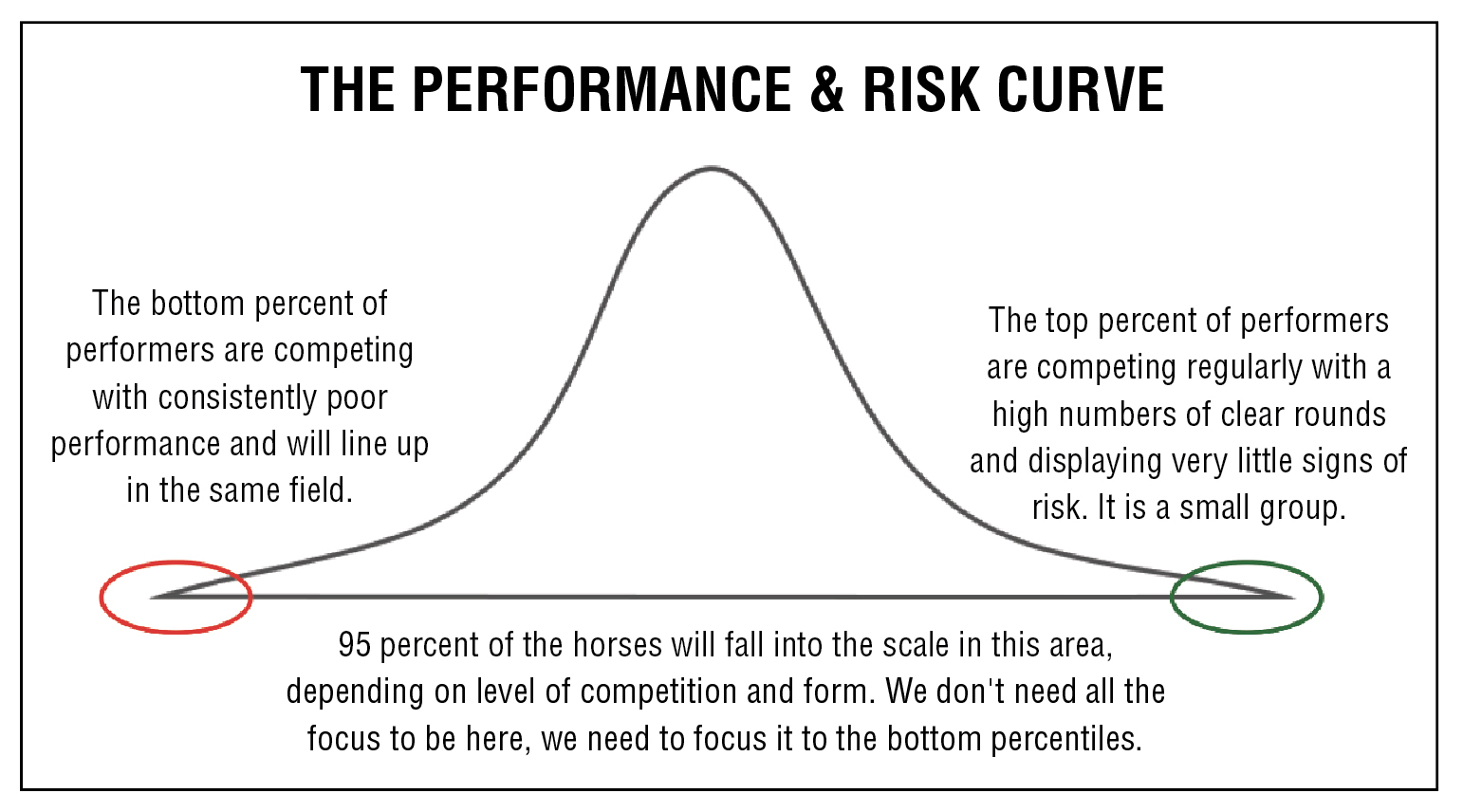
But isn’t being qualified enough?
If every horse and rider has to meet both national and international qualifications to move up through the levels, then why do we need an additional measurement to progress? According to EquiRatings co-founder, Diarmuid Byrne, “being qualified is not the same as risk assessment.”
“Not every horse is carrying the same amount of risk. While the Minimum Eligibility Requirement (MER) is based on quantity, the ERQI is based on quality. The horse that is stepping up to run its first four-star at Kentucky this year that has a 50/50 clear rate at three-star, but is qualified just isn’t carrying the same amount of risk as FischerRocana,” continued Byrne. “They are both going to jump the same fences in the same conditions on the same day, but they have completely different risk profiles.”
A real world example of the 50/50 clear rate came from the 2016 Rio Olympic Games. There were 15 combinations with a 50/50 clear jumping rate at CCI3* and CCI4* and of those 15, only one horse jumped clear on the cross-country and he finished with 40 time penalties. All 15 were qualified, but they had considerably different risk profiles from those at the top end of the field.
Over the last three seasons in the U.S. across all levels just 2.7 percent of all competitors had less than a 50/50 clear rate. However, over 23 percent have a clear rate of over 90 percent. While horses in both categories are qualified for the level, we can see that the levels of performance (and risk) are significantly different – whether it be Novice or CCI3*.
“When the clear round is the outlier – it is a matter of luck – they aren’t ready for the level. E-F is less than 10 percent of the population, but in their last 10 rounds they are going to have six clear rounds, so that looks like quite a good record,” said Sam Watson, EquiRatings co-founder and top eventer. “I can tell you as a rider there were times in the past that I thought I was doing okay with just the odd blip here and there, but the numbers show with even a 60 percent success rate places that horse in the bottom 10 percent of performers.”
In 2018, the ERQIs will only be used as an advisory tool by the USEA. It is up to riders and owners to check their horse’s ratings and make responsible decisions. However, the USEA will be monitoring the horses who have entered levels for which they are in the red zone.
“There will be horse falls this year and there could be fatalities – that just isn’t in the U.S. but around the world,” said Byrne. “The point of what we are trying to do with ERQIs is to make sure that if there is a serious horse fall, or a life changing injury or fatality that we have made every effort to identify them and advise them to what level it is appropriate for them to compete at. When we look back at the record of a horse after a fall we don’t want to be left in a situation that we think ‘oh it was so obvious. We should have spotted that.’”
Did you enjoy this article? Want to receive Eventing USA straight to your mailbox? Members receive Eventing USA as part of USEA Membership or you can purchase indivudual issues from the USEA Shop.


